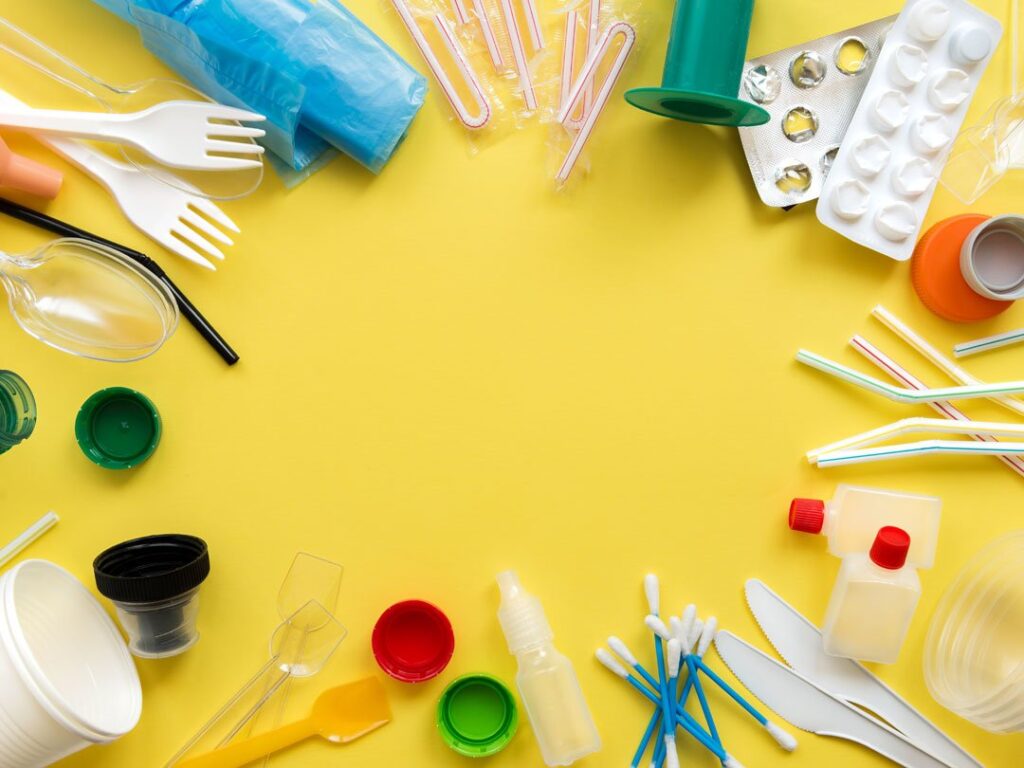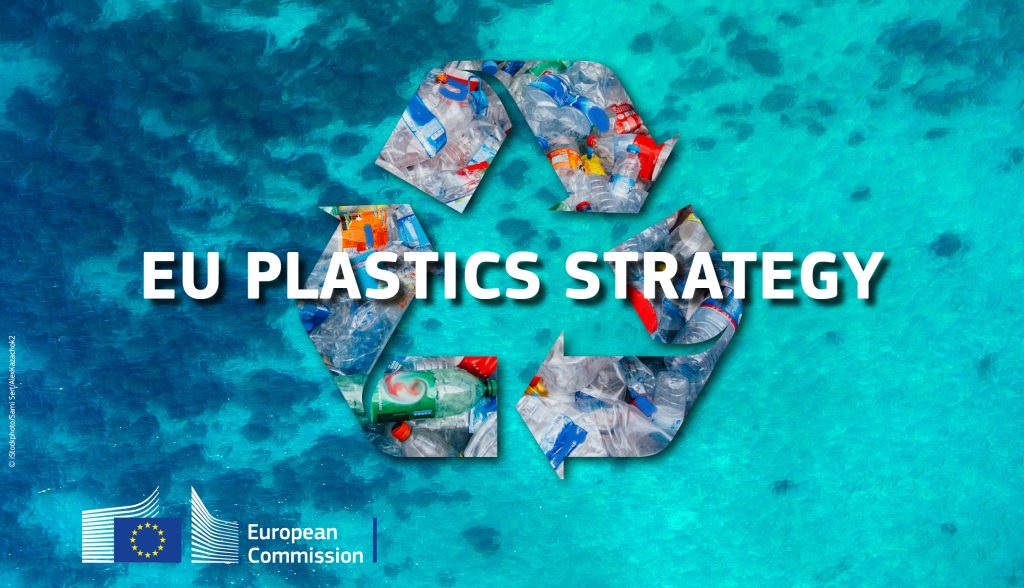Whats the Single Use Plastics Directive [SUP] all about

Single-use plastics ban
SUMMARY OF:

WHAT IS THE AIM OF THE DIRECTIVE?
- It aims to prevent and reduce the impact on the environment of certain plastic products and to promote a transition to a circular economy by introducing a mix of measures tailored to the products covered by the directive, including an EU-wide ban on single-use plastic products whenever alternatives are available.
- The directive delivers on the EU’s plastic strategy, an important element in the EU’s move towards a circular economy.
KEY POINTS
Scope
Single-use plastics are made wholly or partly of plastic and are typically intended to be used just once or for a short period of time before they are thrown away.
Market restrictions (bans)
The plastic products to be banned under the directive include:
- cutlery (forks, knives, spoons, chopsticks);
- plates;
- straws;
- cotton bud sticks;
- beverage stirrers;
- sticks to be attached to and to support balloons;
- food containers made of expanded polystyrene;
- products made from oxo-degradable plastic.
Consumption reductions
- In line with the EU’s waste policy, EU countries are required to:
- take measures to reduce the consumption of certain single-use plastics for which there is no alternative (drinking cups including covers and lids, and containers of prepared food for immediate consumption);
- monitor consumption of these single-use products as well as the measures taken and report the progress made to the European Commission.
- The directive requires an ambitious and sustained quantitative reduction in consumption of these products by 2026 (compared to a 2022 baseline).
Separate collection and design requirements for plastic bottles
- The directive sets a collection target of 90% recycling for plastic bottles by 2029 (with an interim target of 77% by 2025).
- These bottles should contain at least 25% recycled plastic in their manufacture by 2025 (for PET bottles), and 30% by 2030 (for all bottles).
Compulsory marking
Certain disposable plastic products placed on the market must carry a visible, clearly legible and indelible marking affixed to its packaging or to the product itself:
- sanitary items;
- wet wipes;
- tobacco products with filters; and
- Drinking cups.
These labels should inform consumers about:
- appropriate waste management options for the product or what type of waste disposal should be avoided for the product; and
- the presence of plastics in the product as well as the negative environmental impact of littering.
Extended producer responsibility
The directive incorporates the ‘polluter pays’ principle. Producers will have to cover the costs of:
- waste management clean-up;
- data-gathering; as well as
- awareness raising for the following products:
- food and beverage containers,
- bottles,
- cups,
- packets and wrappers,
- light-weight carrier bags, and
- tobacco products with filters.
For wet wipes and balloons, these obligations will apply with the exception of the collection costs.
EU countries are also required to:
- ensure rules on extended producer responsibility (EPR) for fishing gear containing plastic are in place; and
- monitor and assess plastic fishing gear with a view to establishing EU-wide collection targets.
Awareness raising
EU countries must also take measures to:
- inform consumers and to encourage responsible consumer behavior in order to reduce litter from such products;
- make consumers aware of reusable alternative products and the impact of inappropriate disposal of single-use plastic waste on the sewage system.
FROM WHEN DOES THE DIRECTIVE APPLY?
It has to become law in the EU countries by 3 July 2021. The market restrictions and marking of product rules apply from 3 July 2021, while the product design requirements for bottles apply from 3 July 2024. The Extended producer responsibility measures apply from 31 December 2024.
BACKGROUND
For further information, see:
- Waste (European Commission).
MAIN DOCUMENT
Directive (EU) 2019/904 of the European Parliament and of the Council of 5 June 2019 on the reduction of the impact of certain plastic products on the environment (OJ L 155, 12.6.2019, pp. 1-19)
RELATED DOCUMENTS
Directive 2008/98/EC of the European Parliament and of the Council of 19 November 2008 on waste and repealing certain directives (OJ L 312, 22.11.2008, pp. 3-30)
Successive amendments to Directive 2008/98/EC have been incorporated in the original text. This consolidated version is of documentary value only.
European Parliament and Council Directive 94/62/EC of 20 December 1994 on packaging and packaging waste (OJ L 365, 31.12.1994, pp. 10-23)
See consolidated version.
last update 16.09.2019
